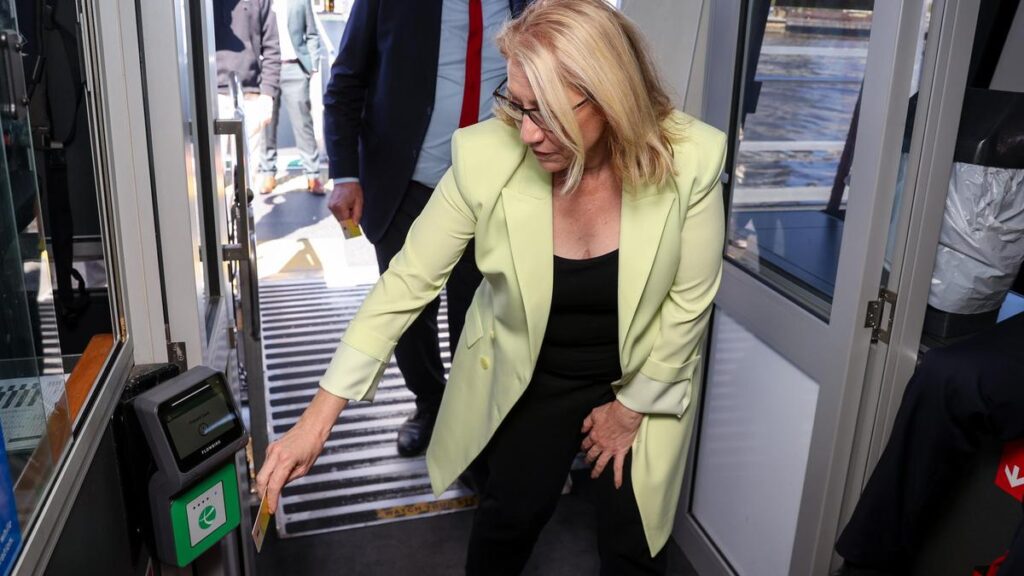
After years of delays and budget overruns, Western Australia’s public transport users will finally experience the convenience of tapping on with their credit cards, albeit on a limited scale. The Cook Government has announced a trial phase allowing a small group of passengers to use credit or debit cards instead of the traditional SmartRider system.
The initiative, initially proposed in 2018 with an anticipated roll-out in 2019, has faced multiple setbacks. By 2023, the government projected that the upgrades would be operational by mid-2024, a deadline that has also passed. Initially estimated to cost around $58 million, the project’s budget has now ballooned to approximately $68 million.
Reasons Behind the Delays
Transport Minister Rita Saffioti has defended the project’s delays, attributing them to international disruptions during the development phase. “In particular, in relation to the software, it was about having the right engineers available; there’s some issues in relation to that,” she explained.
She further elaborated, “That was in the early years and the planning years. It’s basically really been just some of the supply chain interruptions and some of the dislocation that’s happened. I know COVID feels like a long time ago, but COVID and some of the issues that happened through Russia and Ukraine, all those issues impacted some of the supply chains and also some of the software engineering that’s behind these systems.”
The Trial Phase
The trial, set to begin with 50 ferry passengers, is expected to expand to 150 bus and train users in a second phase. To participate, individuals must be regular public transport users, at least 18 years old, and possess a valid Mastercard or Visa card. Participants will pay the standard cash ticket fare but will be reimbursed through an e-gift card for each completed survey. Additionally, they will enjoy free parking at train station car parks during the trial.
According to Ms. Saffioti, more than 4,000 readers have already been installed across buses, trains, and ferries. She expressed optimism that the new system would encourage more people to use public transport, especially when they do not have their SmartRider cards.
Criticism from Opposition
Shadow Transport Minister Steve Martin criticized the delays and described the initial trials as a “token effort.” He remarked, “In answer to some questions that I asked in the parliament, we got the excuses from the Transport Minister that it was COVID and it was somehow the war in Ukraine; those excuses really don’t fly.”
“They’ve simply bungled the roll-out of this project so far,” Martin added, referencing a 2021 announcement that promised passengers would no longer need to use the SmartRider by 2023.
Future Implications and Comparisons
The move to contactless payments could signal a broader shift in how public transport is accessed in Perth. While Ms. Saffioti has not ruled out a transition to a cashless system or the phasing out of SmartRiders, she stated, “It (cashless system) is something we’re considering and again as soon as these trials finish, we’ll look at all those aspects.”
Contactless payment technology has already been adopted in several other Australian cities, including Sydney, Brisbane, Canberra, and Adelaide. Sydney, for instance, has fully integrated the technology across its services since 2019. Meanwhile, the Victorian and Tasmanian Governments have announced plans to roll out similar trials over the next year.
Internationally, London has been using contactless payments on buses since 2012 and on trains and trams for over a decade, setting a precedent for efficient public transport systems worldwide.
As the trial progresses, the Western Australian government will closely monitor its outcomes to determine the feasibility of a full-scale implementation. The success of this initiative could pave the way for a modernized, efficient, and user-friendly public transport system in the region.







